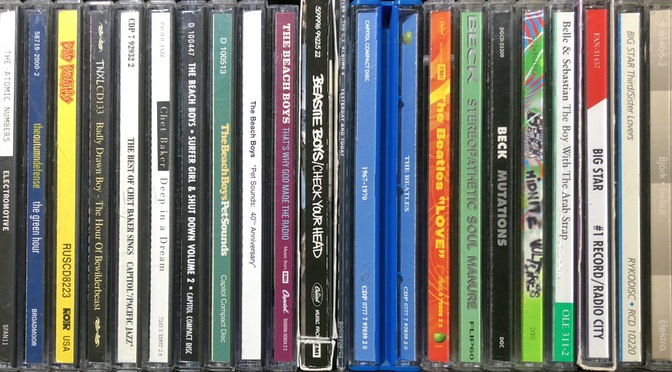Two of the things that have long fascinated me are (1) what makes a band a band and (2) why performers continue to perform long after ordinary people move on to something else in their lives besides that which created their livelihoods.
As for the first point, the issue is that of membership and then lack thereof: if there is a “critical mass” that makes a band what it becomes known to be, does the absence of one or more individuals change the chemistry, as it were, of the band? Does the band contain an individual or individuals such that with out them the band would be something other than it had been? For example, consider The Beatles. If Lennon or McCartney had left the band while it still existed, would it have still been The Beatles? What about Harrison or Starr?
The existing members of a band (or perhaps their manager and/or promoters) typically, when losing a key member, find someone who seamlessly integrates so that there is little difference: Consider Journey post-Steve Perry and Yes sans Jon Anderson: their replacements are cover band material extraordinaire.
Lindsey Buckingham was, in effect, recently fired by his band mates in Fleetwood Mac. And he was, in effect, orally and audibly replaced by two people, Mike Campbell, formerly of the Heartbreakers, and Neil Finn, he of Crowded House.
Presumably, Campbell and Finn got their positions (jobs?) because they would be resonate with what can be considered the “sound” of “Fleetwood Mac,” a band that Buckingham was part of for 33 years: 1975 to 1987; 1997 to 2018. After all, Buckingham was instrumental, literally and figuratively, when it put out Fleetwood Mac, which solidly established the band in a way that resonates today (“Say You Love Me,” “Landslide,” “Rhiannon”) and Rumours (“Go Your Own Way,” “The Chain”).
With the departure of Buckingham, the five-person group has become six.









